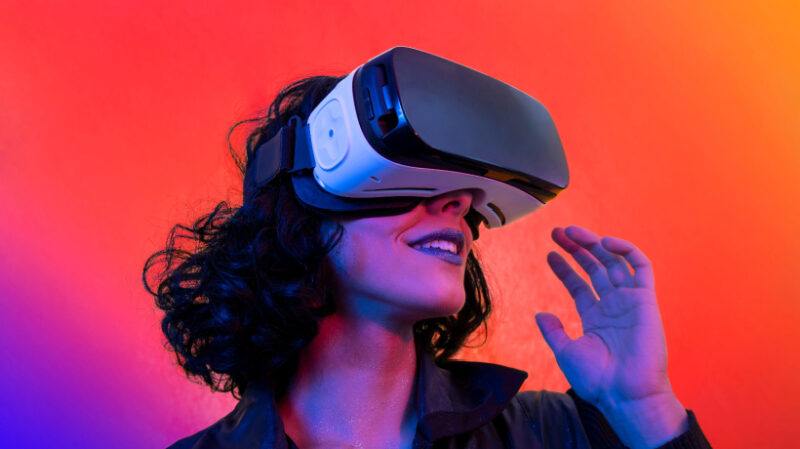

Immersive Learning Strategies For Innovative Experiential Education
Immersive learning is rooted in constructivist theories, which prioritize active participation and personal engagement over passive absorption of information. The approach is informed by learning theorists like Piaget and Vygotsky, who emphasized the importance of context and social interaction in learning. Immersive techniques such as Virtual Reality (VR), Augmented Reality (AR), simulations, and role-playing create dynamic environments where students can practice skills and problem solving in safe yet challenging contexts. By experiencing scenarios firsthand, learners can construct knowledge through exploration, experimentation, and reflection, leading to deeper understanding and insight.
Implementing Immersive Learning In Education: Practical Applications
Successfully integrating immersive learning into educational settings begins with identifying specific learning outcomes and aligning them with appropriate immersive technologies. For example, in a business program, students might engage in virtual simulations of market scenarios to develop strategic decision-making skills.
In a language class, AR applications can immerse students in cultural contexts, enhancing their linguistic capabilities through real-world interactions. Educators can also facilitate role-playing exercises that simulate negotiations or debates, allowing students to practice critical thinking and communication in authentic situations. By designing these experiences around the curriculum, educators ensure that immersive learning complements and enhances traditional teaching methods.
Benefits Of Experiential Education: Enhancing Student Engagement And Retention
The most significant advantage of immersive learning lies in its ability to increase student engagement. Immersive experiences stimulate curiosity and foster a sense of agency, as learners actively participate in their education rather than passively receiving information.
Research indicates that students who engage in hands-on, experiential education retain information better and demonstrate improved problem-solving skills. The contextual learning provided by immersive experiences also aids in the development of soft skills such as teamwork, empathy, and adaptability. By allowing students to grapple with real-world challenges, educators prepare them not just academically but also socially and emotionally for their future careers.
Challenges And Considerations: Navigating Barriers To Implementation
Despite its benefits, implementing immersive learning can pose several challenges. Budget constraints may limit access to the latest technologies while differing levels of technological proficiency among educators and students can create disparities in the learning experience.
Moreover, some educators may resist shifting away from traditional teaching methods, preferring familiar, lecture-based approaches. It is essential to address these barriers through professional development, resource allocation, and creating a culture of innovation within educational institutions. Furthermore, educators should consider the diverse learning styles and needs of their students to ensure that immersive experiences are inclusive and effective for all learners, allowing for adaptations and accommodations as necessary.
The Future Of Immersive Learning: Trends And Innovations
The future of immersive learning in experiential education is bright, driven by rapid technological advancements. Virtual and Augmented Reality are becoming more accessible, enabling schools to implement immersive experiences without prohibitive costs. AI and Machine Learning are also playing crucial roles in personalizing learning, and adapting to individual student needs and preferences in real time. This adaptability can create tailored learning paths, ensuring that each student can progress at their own pace and in a style that resonates with them.
Additionally, the rise of gamification in educational settings is fostering higher engagement levels. By integrating game mechanics into learning environments, educators can motivate students through competition, rewards, and interactive challenges. This trend not only enhances motivation but also encourages collaboration and problem solving among peers.
As educational institutions increasingly adopt hybrid models that blend online and in-person learning, immersive experiences are becoming integral to curricula. Virtual field trips, interactive simulations, and collaborative projects can take place across geographical boundaries, enabling students to connect with peers worldwide and broaden their perspectives.
Conclusion
Harnessing the power of immersive learning offers a transformative opportunity for educators to bridge the gap between theory and practice. By creating engaging, meaningful experiences, we empower students to take an active role in their education. These immersive techniques not only enhance understanding but also equip learners with essential skills for the complexities of the modern world.
As we move forward, it’s crucial for educators, administrators, and policymakers to embrace and invest in immersive learning strategies. This investment will not only improve educational outcomes but also prepare students for a future where adaptability, critical thinking, and collaboration are paramount. By staying attuned to emerging trends and continuously refining our approaches, we can create an educational landscape that inspires and empowers the next generation of innovative learners. Together, let’s cultivate an environment where every learner can thrive!